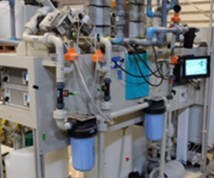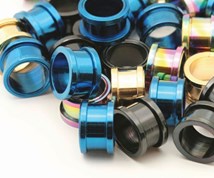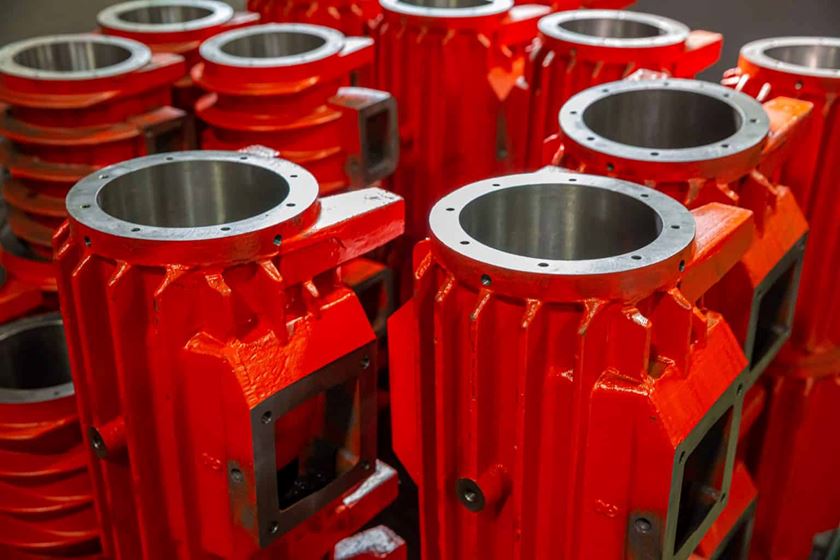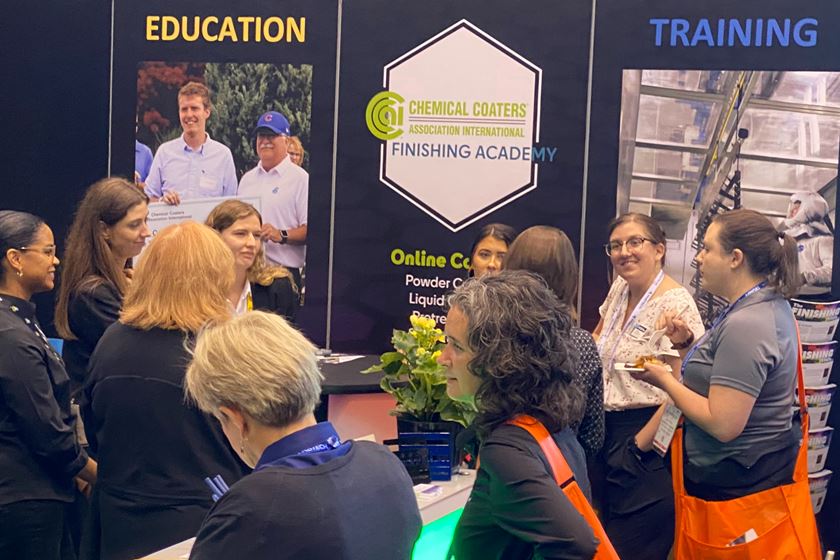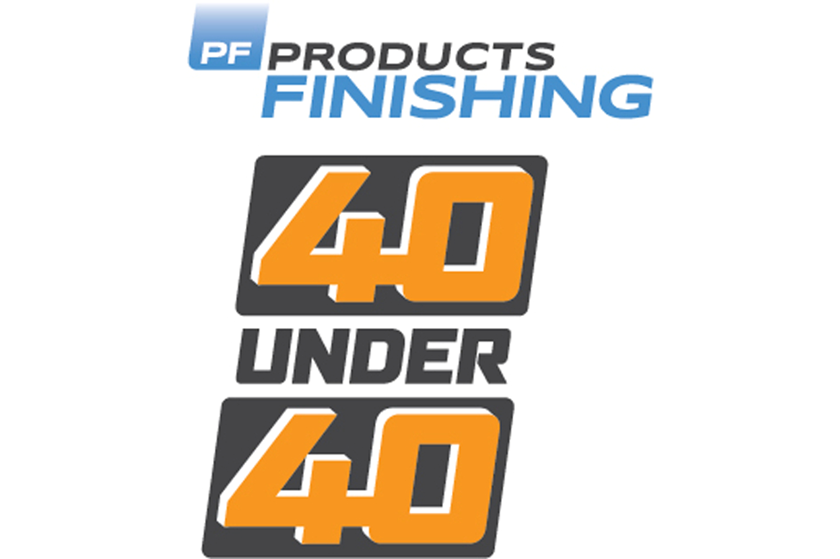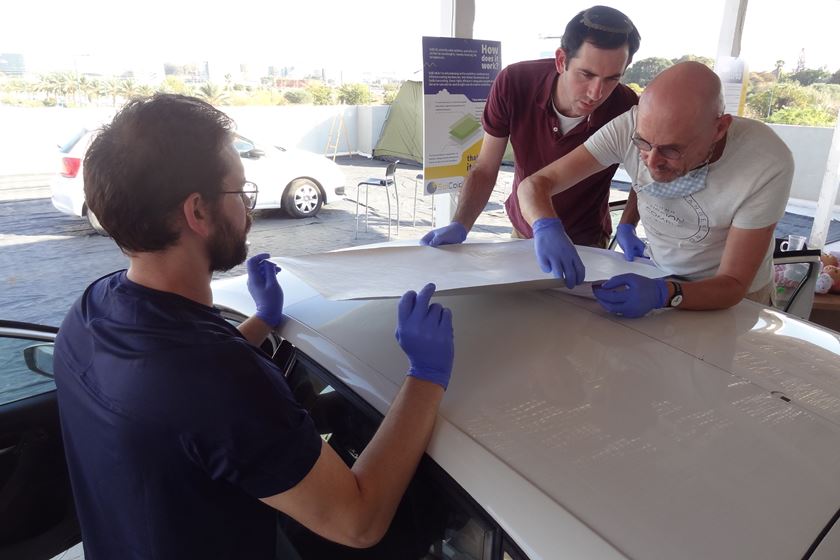Interior Pipe Coating
What are some guidelines for coating the inner diameter of steel alloy pipe?
Q. I am from Dubai and have a new order for Xylan coating inside 10-inch-long, 5-inch-diameter steel alloy pipes. The customer only wants the coating inside the hollow of the pipe, so I am wondering what process I should use, including sandblasting. I’m hoping to finish at least 50 pieces per batch. Can you help?
A. You have listed several questions, which I’ll address in the order of relevance. First, and very important is the issue of the sandblasting. As I mention often, great paintwork begins with great surface preparation. This is true whether it is wood, plastic, glass or metal.
Featured Content
I have used handheld wand-type sandblasting units, which operate by delivering the blasting medium to the interior walls of the pipe as it is pulled back toward you.
If you are looking for something a little more precise, there are several types of “spin blast” and “hollow blast” units, which typically can be used in much the same fashion as the handheld unit. The difference is that these systems use a dolly that is usually adapted with a series of 2-3 tension adjustable rollers to keep the unit centered against the interior wall of the pipe as it is snaked through the pipe, while deploying sand blasting medium through a blasting nozzle from the center of the dolly unit. You will want to follow the recommended nozzle size and sand blasting medium type for your pipe material. After the part has been thoroughly cleaned to the specifications you’ve identified, it will then be ready to apply the Xylan material.
Next, much the same as the previous sand blasting process; I have also used fixed wand-type spray guns fitted with proper tip sizes and used much in the same fashion as a sandblasting wand, except you would be delivering the Xylan material. If you are specifying a specific mil thickness application, this method is totally dependent on the spray operator’s expertise and how well the wand can be kept centered in the pipe as material is being transferred.
However, if you are wanting to deliver a more precise mil thickness of paint material you may want to look at a dolly system. Again, it would be similar to the previously mentioned sand blasting unit, except outfitted with a rotatory bell atomizing spray tip. In much the same fashion as the sand blasting process, the operator would activate the trigger on this unit as it is pulled toward him as the paint is being transferred to the interior pipe walls. If you want perfect uniform coating on your part, it is best to sandwich the part between two additional sections of the same diameter sized pipe, so in essence you will be making a production jig. Then you would place the dolly at the beginning pipe and pull completely through to the last section of pipe. Then you could remove your finished part in the middle section, and wipe the interior of the first and last sections to ready them for the next part. You may even find that you could gang 3,4, 5, or even more parts together using the same method. One important thing to consider is that the speed, fluid pressure and air pressure can affect the mil thickness of paint delivery as you pull the dolly towards you. I would recommend you experiment and establish all these application parameters I’ve just mentioned. Good luck.
RELATED CONTENT
-
What’s in a Burr?
An unclear definition has led to an industry standard for classifying burrs.
-
Polishing vs. Buffing: What's the Difference?
Is polishing the same as buffing? Mechanical finishing expert, Pat Wenino, explains the differences between the two processes.
-
How to Select the Right Flap Disc
Consider these five variables to determine what fits your application.




